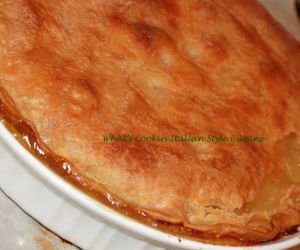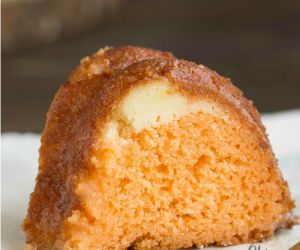In the enchanting city of Fes, Morocco, lies a hidden gem that tantalizes taste buds and captivates hearts—the Jawhara dessert. With its delicate layers, heavenly flavors, and rich history, Jawhara has become synonymous with the culinary heritage of Fes. This article takes you on a journey to discover the origins, preparation, and significance of this beloved dessert.
A Sweet Heritage:
Jawhara dessert, also known as Jawhara of Fes, is deeply rooted in the cultural fabric of the city. It holds a special place in Moroccan cuisine and is often associated with important celebrations and family gatherings. The name "Jawhara" translates to "jewel," and true to its name, this dessert is a true culinary gem that reflects the intricacy and beauty of Moroccan pastry-making.
Layers of Perfection:
What sets Jawhara dessert apart is its visually stunning layers, reminiscent of the intricate patterns found in Fes' famous architecture. The base is a delicate almond paste, which forms the foundation for the dessert. On top of this, a layer of sweet semolina is added, providing a delightful texture contrast. The final touch is a rich and aromatic honey syrup that is drizzled over the top, infusing the dessert with sweetness and fragrance.
Preparation Rituals:
Crafting Jawhara is an art form that requires precision and patience. Skilled pastry chefs in Fes follow time-honored techniques that have been passed down through generations. The almond paste is made from finely ground almonds, sugar, and orange blossom water, resulting in a smooth and fragrant base. The semolina layer is prepared with butter, sugar, and a hint of cinnamon, creating a heavenly balance of flavors. Once the layers are assembled, the dessert is carefully baked until golden brown. After it cools, the honey syrup is gently poured over the top, allowing it to seep into the layers, enhancing the sweetness and creating a delectable harmony.
Culinary Symbolism:
Jawhara dessert holds symbolic significance in Moroccan culture. It is often served during festive occasions, such as weddings and religious holidays, symbolizing abundance, prosperity, and joy. The painstaking process of preparing this dessert exemplifies the value placed on tradition, craftsmanship, and the art of indulgence. Jawhara is not just a dessert but a reflection of Moroccan hospitality and the celebration of life's special moments.
Savoring the Delight:
To truly appreciate Jawhara dessert, it is best enjoyed slowly, savoring each layer and allowing the flavors to unfold on the palate. Its combination of nutty almond paste, tender semolina, and fragrant honey syrup creates a harmonious blend of tastes and textures that leave a lasting impression.
Jawhara dessert stands as a testament to the culinary heritage of Fes, Morocco. Its exquisite layers, intricate preparation, and cultural symbolism make it a beloved treasure of Moroccan cuisine. From its origins in the ancient city of Fes to its presence on celebratory tables, Jawhara captivates not only the senses but also the hearts of those fortunate enough to experience its enchanting flavors.
src : www.themoroccanfood.com













